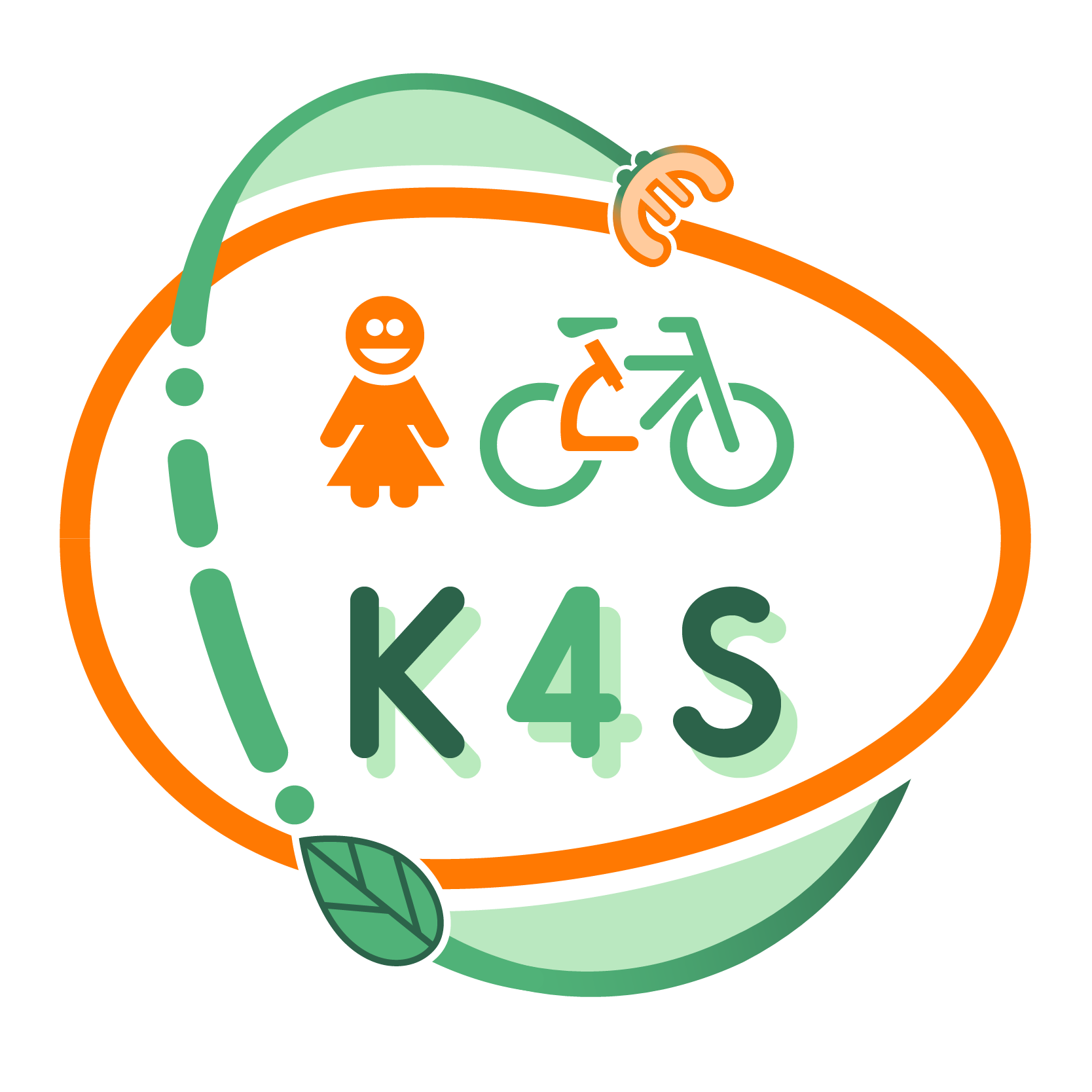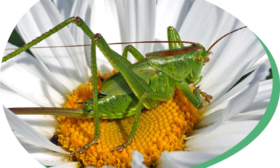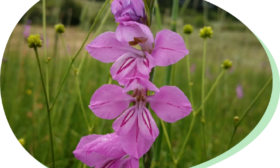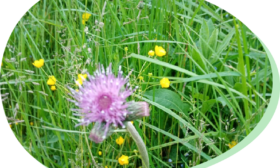LEARNING PATHWAY BASED ON SCIENTIFIC CONCEPTS
Flower meadow – habitat for various tenants
Overall aims:
- Inspiring the interests in the natural world by observing the selected ecosystems;
- Identifying and naming wild flowers;
- Enriching knowledge about plants and insects living in the meadow;
- Raising awareness of the importance of biodiversity and evaluation of human activities;
- Discovering the relationships inside the meadow ecosystem;
- Building awareness of the role of man for sustainable development;
Intended learning outcomes:
The child will be able to:
- Explain the difference between a flower meadow and a lawn;
- Name selected flowers, insects and other inhabitants of the meadow;
- Explain the concept of biodiversity;
- Actively participate in establishing a flower meadow;
Evaluation:
Initial – Activating prior knowledge. Conversation: What do we know about the meadow? What and who lives at the meadow?
Ongoing – Observation of children’s activity during the workshops
Final (according to the teacher’s choice) – Summary conversation: What is biodiversity and why is it important? How human can help to insects and other creatures living at the meadow?
Pathway structure
Stage I – ecological pillar
Multi-sensorial experience of the meadow and getting to know its inhabitants through listening and observing
- What’s up in the grass? – recognizing sounds and their owners
Stage II – ecological and socio-cultural pillars
Enriching knowledge about plants and insects living in the meadow, expressing emotions by painting the meadow with natural brushes.
- Summer in the meadow – painting the meadow with natural brushes
Stage III – ecological, socio-cultural and economical pillars
Understanding the importance of biodiversity by comparing a flower meadow with a lawn, shaping pro-ecological attitudes.
- How many plants grow in a flower meadow? – Biodiversity features







